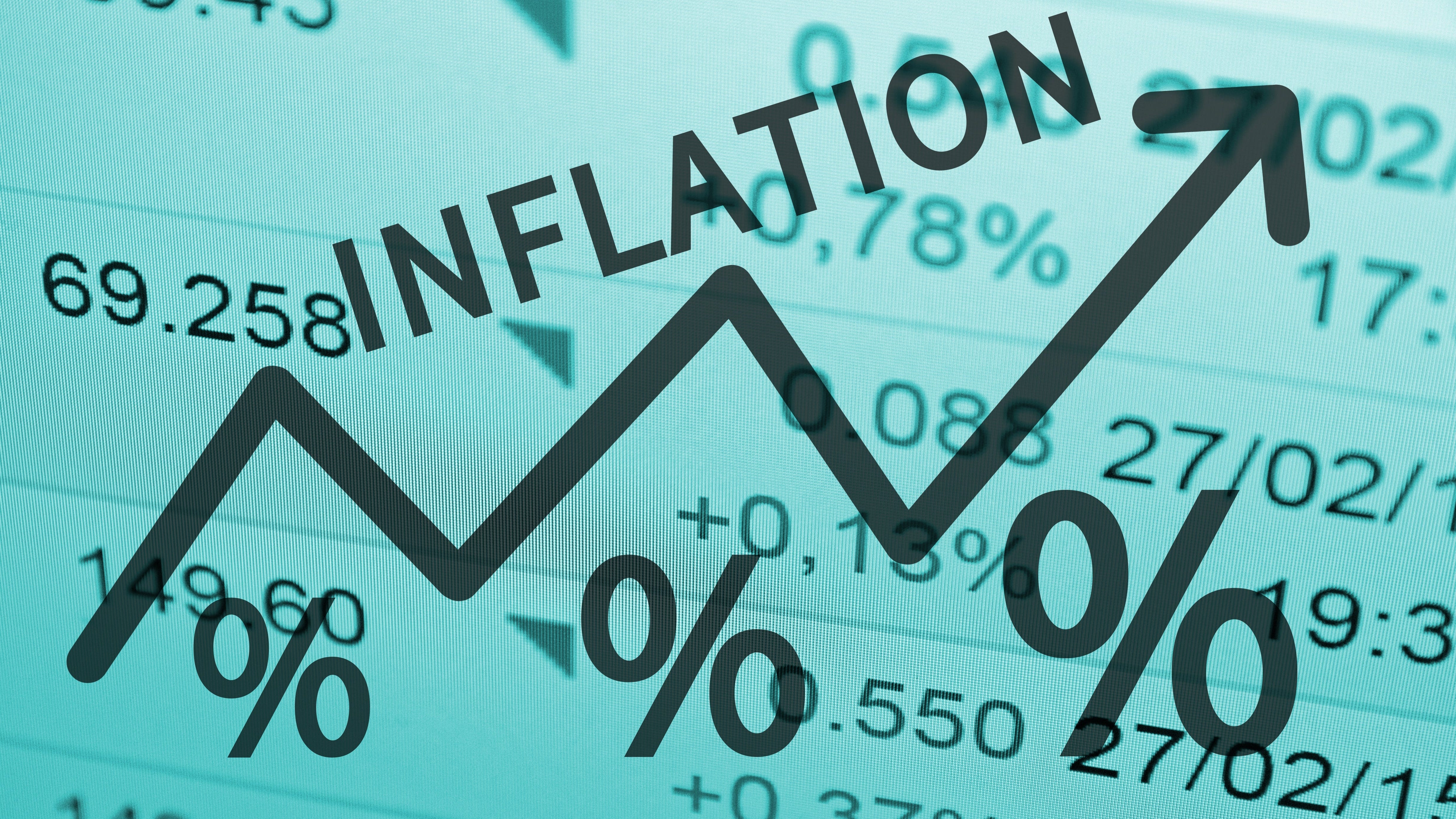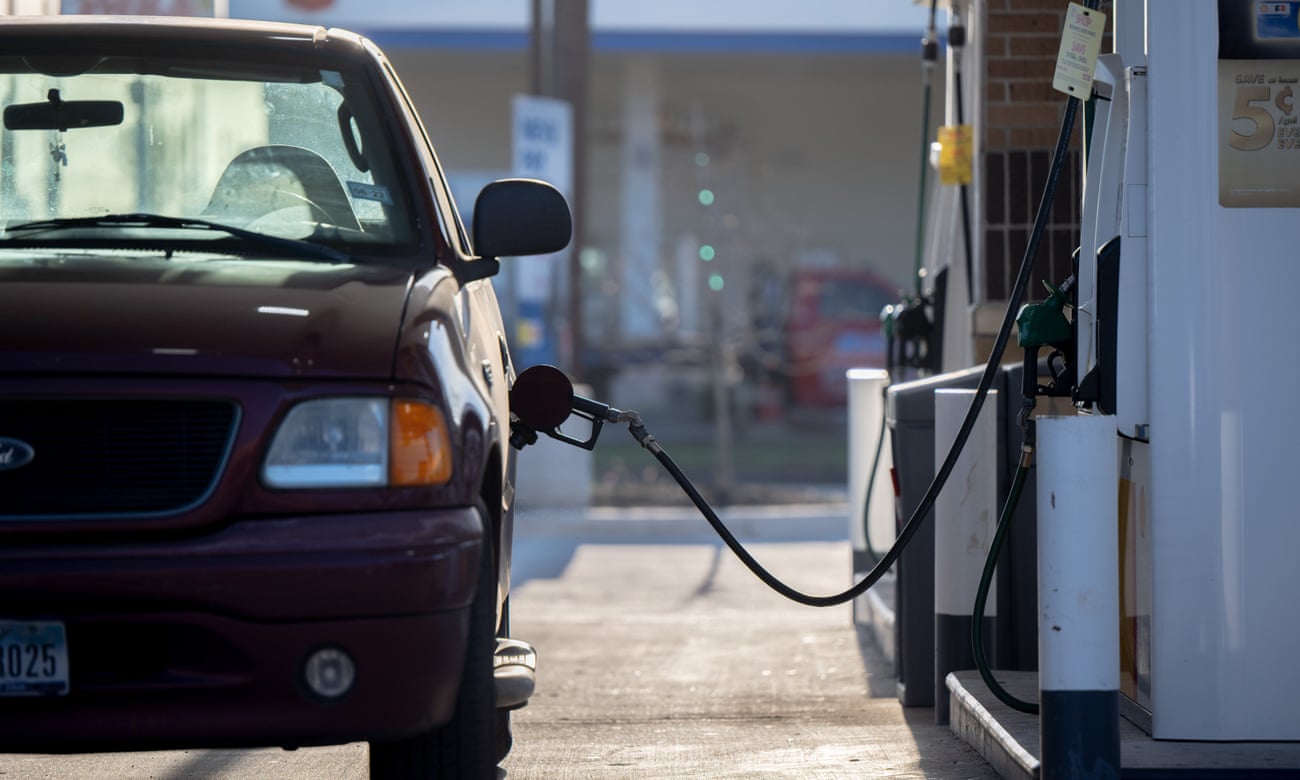Fed orders another super-sized interest rate hike as it battles stubborn inflation
The Federal Reserve ordered another super-sized jump in interest rates today, and signaled that additional rate hikes are likely in the coming months, as it tries to put the brakes on runaway prices.
The central bank raised its benchmark interest rate by 0.75 percentage points Wednesday, matching hikes in June and July. The Fed has been boosting borrowing costs at the fastest pace in decades. But so far, its actions have done little to curb the rapid run-up in prices.
The annual inflation rate in August was 8.3% — down only slightly from the month before. While the price of gasoline has dropped sharply from its record high in June, and used cars and airline tickets have gotten somewhat cheaper, other costs — including rent, groceries and electricity — continue to climb.
"My colleagues and I are acutely aware that high inflation imposes significant hardship as it erodes purchasing power," Fed chairman Jerome Powell told reporters, "especially for those least able to meet the higher cost of essentials."
What's more, price hikes have begun to spread to goods and services that are not directly affected by the pandemic or the war in Ukraine, suggesting that inflation has gained momentum that may not be quickly reversed.
Sending a 'tough love' message on interest rates
"Inflation is still running hot and is not easing as fast as expected," said Greg McBride, chief financial analyst for Bankrate.com. "The Fed has been delivering a 'tough love' message that interest rates will be higher, and for longer, than expected."
The central bank has raised its benchmark rate five times this year — from near zero to 3.125%. On average, Fed policymakers think rates will climb to about 4.4% by the end of this year and 4.6% by the end of next year.
By making it more expensive to buy a car, get a mortgage or use a credit card, the Fed hopes to tamp down consumer demand, which has been outstripping supply and pushing prices higher.
"If we don't get inflation down, we're in trouble," Fed governor Christopher Waller said this month. "So that's the number one job."
The housing market is feeling the effects. Mortgage rates have soared to the highest level since 2008, while sales of existing homes have dropped in each of the last seven months. Falling home sales also cuts demand for things like furniture and appliances.
Overall consumer spending remains strong, however, so Fed policymakers will continue to tighten the screws.
"The Fed will continue to hike rates until it actually restrains the economy and intends to keep rates at those restrictive levels until inflation is unmistakably on its way to 2%," McBride said.
Doing whatever it takes to get inflation under control
The prospect that interest rates will stay higher for longer has rattled investors in recent weeks, producing big swings on Wall Street.
Fed policymakers now expect significantly slower economic growth this year than they did in June, as well as slightly higher unemployment. But they've stressed their willingness to do whatever it takes to get inflation under control.
"No one knows whether this process will lead to a recession or, if so, how significant that recession would be," Powell said. "Nonetheless, we're committed to getting inflation back down to 2%, because we think that a failure to restore price stability would mean far greater pain later on."
With unemployment near a 50-year low at 3.7% and businesses adding hundreds of thousands of jobs each month, Waller argues the Fed can afford to take a hard line on prices.
"If unemployment were to stay under, say 5%, I think we could really be really aggressive on inflation," he said. "Once it gets over 5%, there's going to be obvious pressure to start making tradeoffs."
Powell insists the central bank will not be swayed by political pressure to take its foot off the brake prematurely. He argues that's the mistake policymakers repeatedly made in the 1970s, allowing inflation to become more firmly entrenched.
"We will keep at it until the job is done," Powell told an audience at the CATO Institute this month. "The longer inflation remains well above target, the greater the risk that the public does begin to see higher inflation as the norm, and that has the capacity to really raise the cost of getting inflation down."
Recent surveys have shown that despite today's high inflation rate, Americans expect prices to stabilize in the next few years. People have grown more confident of that over the summer as the cost of gasoline — with its highly visible price tag — has fallen.




